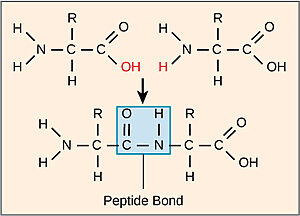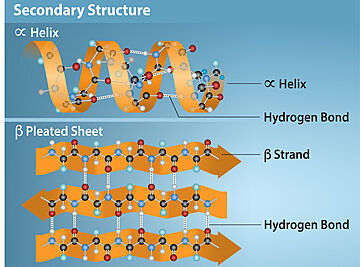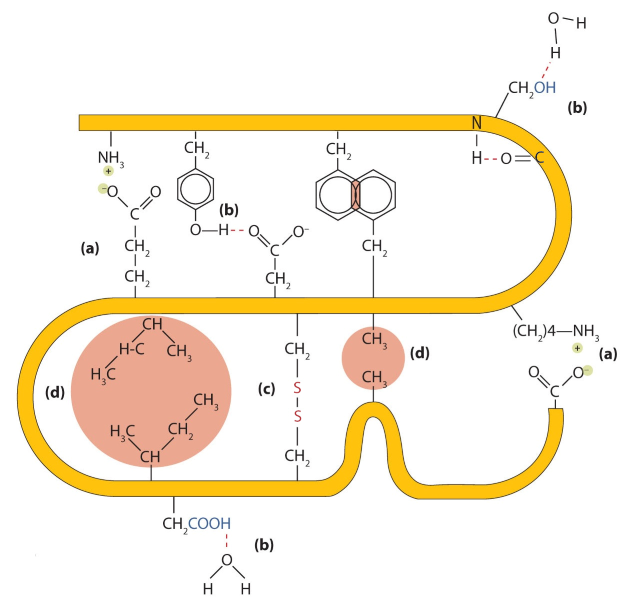Lactase (a protein)
From Proteopedia
Lactase is an enzyme, i.e. a protein that catalyzes a chemical reaction. The function of lactase is to hydrolyze lactose, a disaccharide found in cow milk and milk products. Individuals who lack lactase have trouble digesting milk unless they take a medication like Lactaid, which contains lactase from yeasts or bacteria to supplement the lack of endogenous enzyme.
As you read through this page, click on the green links to update the interactive 3D image. You can manipulate this image with by clicking and dragging in the 3D window (see this tutorial for instructions). This page assumes basic textbook knowledge of protein chemistry. For a refresher, see the relevant section of the first chapters of any college biology textbook, e.g. this one.
Contents |
Structure
| |||||||||||
Function
Like all enzymes, lactase first binds to its substrate lactose. While bound to the enzyme, lactose reacts with water, causing its hydrolysis into the carbohydrate building blocks galactose and glucose. The building blocks then leave the enzyme, which is ready for another lactose molecule to bind. In this way, a single enzyme can support millions of consecutive reactions. Lactase belongs to a larger group of enzymes called beta-galactosidases. These enzymes occur in animals, plants, fungi, bacteria and other organisms.



